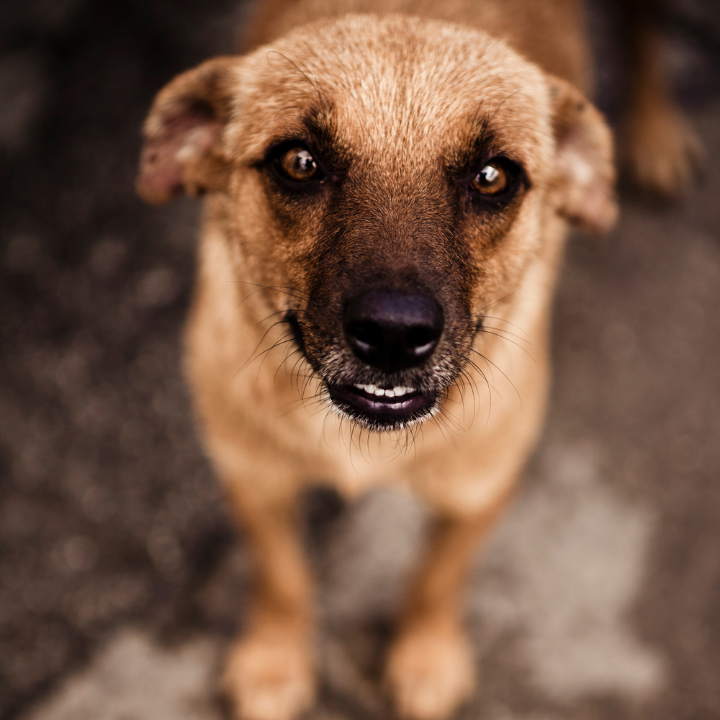The Hidden Safety Threats: What Makes Dogs Feel Unsafe That We Often Miss
Before we can expect our dogs to learn, perform, or behave the way we’d like, we need to ensure one fundamental thing: they feel safe. It sounds simple, but the reality is that dogs can feel unsafe for reasons we humans completely overlook or misinterpret.
Beyond the Obvious Threats
We all recognize that dogs feel unsafe around aggressive dogs, loud noises like fireworks, or when someone approaches them threateningly. But there’s a whole spectrum of less obvious safety threats that can significantly impact our dogs:
1. Physical Discomfort They Can’t Tell Us About
I once saw a puppy being carried upside down – something he found very annoying when he was little. As he got bigger, he decided the best way to stop people from carrying him around was simply to bite them. The owners didn’t believe me when I warned them about the upcoming bite, but the puppy’s message was clear: “This handling makes me feel unsafe.”
Dogs experience many forms of physical discomfort that we miss:
- Subtle soft tissue or joint pain that doesn’t cause limping
- GI discomfort that isn’t obvious (no vomiting or diarrhea)
- Sensitivity to being touched in certain areas
- Vestibular discomfort (similar to motion sickness)
- Fatigue that we push through (“just one more repetition!”)
2. Loss of Control Over Their Space and Choices
Dogs feel unsafe when:
- They’re restrained without understanding why
- They have no escape route from uncomfortable situations
- They’re forced to interact when they’d rather observe
- Their attempts to create distance are ignored
- They can’t access resources like water, rest areas, or familiar people
3. Unpredictability That Creates Anxiety
We often don’t recognize how much unpredictability affects our dogs:
- Inconsistent responses to their behavior
- Chaotic environments with no pattern
- People who are emotionally volatile
- Training that doesn’t follow clear patterns
- Routines that constantly change
4. The Social Pressure Cooker
Just like that uncomfortable birthday song scenario in a restaurant, dogs can feel tremendous social pressure:
- Being expected to greet every person/dog
- Being stared at by strangers or other dogs
- Having people lean over them
- Being surrounded without escape options
- Being touched by multiple people at once
The Ripple Effect of Feeling Unsafe
When dogs don’t feel safe, they don’t just “get over it.” Their physiology changes – stress hormones flood their system, their ability to learn diminishes, and their behavior becomes driven by the need to protect themselves.
This often manifests in ways we label as “stubborn,” “aggressive,” or “disobedient” when in reality, it’s their way of saying “I don’t feel safe enough to do what you’re asking.”
Creating Safety First
Before attempting to train new behaviors or correct existing ones, ask yourself: “Does my dog feel genuinely safe in this situation?” If there’s any doubt, address the safety concern first.
Remember – behavior underlies everything. Does this dog feel safe? If not, I have to address that before I can ask anything else or start training.
Safety isn’t just the absence of danger – it’s the presence of comfort, predictability, choice, and respect for your dog’s individual needs and boundaries. When we provide these fundamentals, we build the foundation for everything else.


